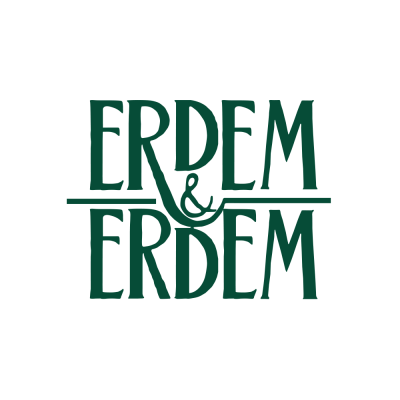Author: Aslı Su Çoruk
Introduction
In competition law, it is important to accurately determine the concept of undertaking, especially in terms of mergers and acquisitions. Therefore, the concept of economic entity aims to reveal the economic units covered by the undertakings. The relationship between the concept of economic entity and family ties comes to the fore especially in terms of mergers and acquisitions in which Turkish family companies are the parties to the transaction. In cases where there are many companies controlled by different members of the same family, the correct definition of the concept of economic entity becomes noteworthy for the exact evaluation of the merger or acquisition transaction as well as the accurate definition of the turnovers. Yet, whether these companies constitute an economic entity may lead to discussions.
Within the scope of Turkish Competition Board’s (“Board”) recently published Re-Pie/Hızlıpara decision[1], the relationship between the concept of economic entity and family ties is treated. Therefore, in this article, the Board’s approach towards the relationship between the concept of economic entity and family ties is discussed.
Evaluation of Family Ties in Light of the Concept of Economic Entity
The relationship between the concept of economic entity and family ties has been subject to various Board decisions. When the Board’s previous practice is examined, it can be seen that there are examples where real persons bearing the same surname are accepted as a group within the scope of the merger or acquisition transaction. For instance, in the Board’s Çimentaş and Parıltı/Sofra decisions, this approach was adopted. Likewise, in the Board’s Misbis decision, it was determined that a company controlled in equal shares by five different members of a family and companies controlled by one of the family members constituted an economic entity.









